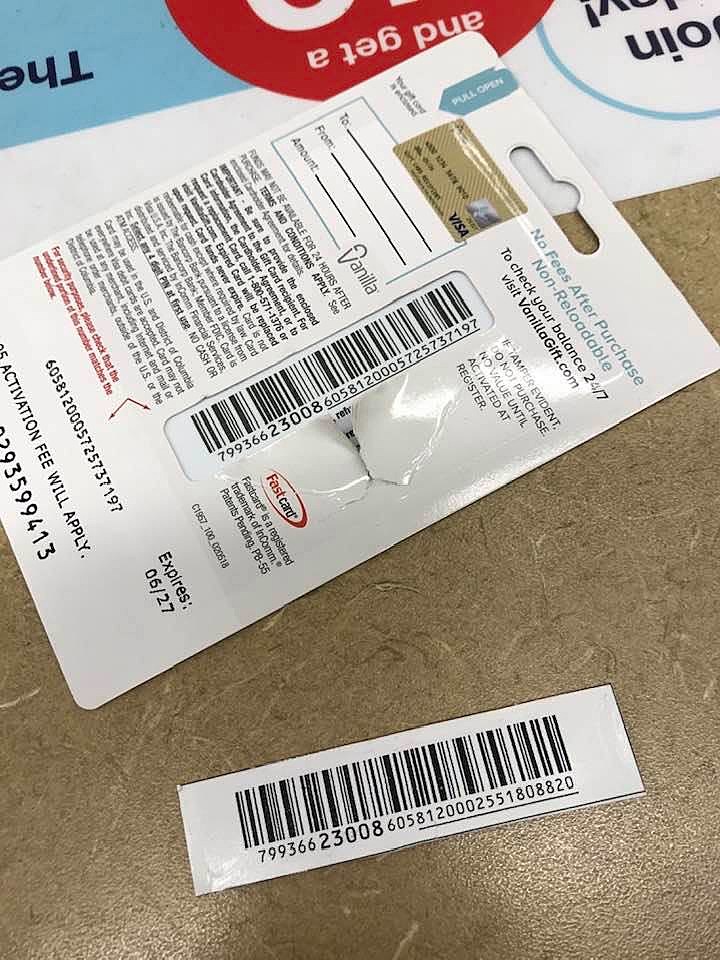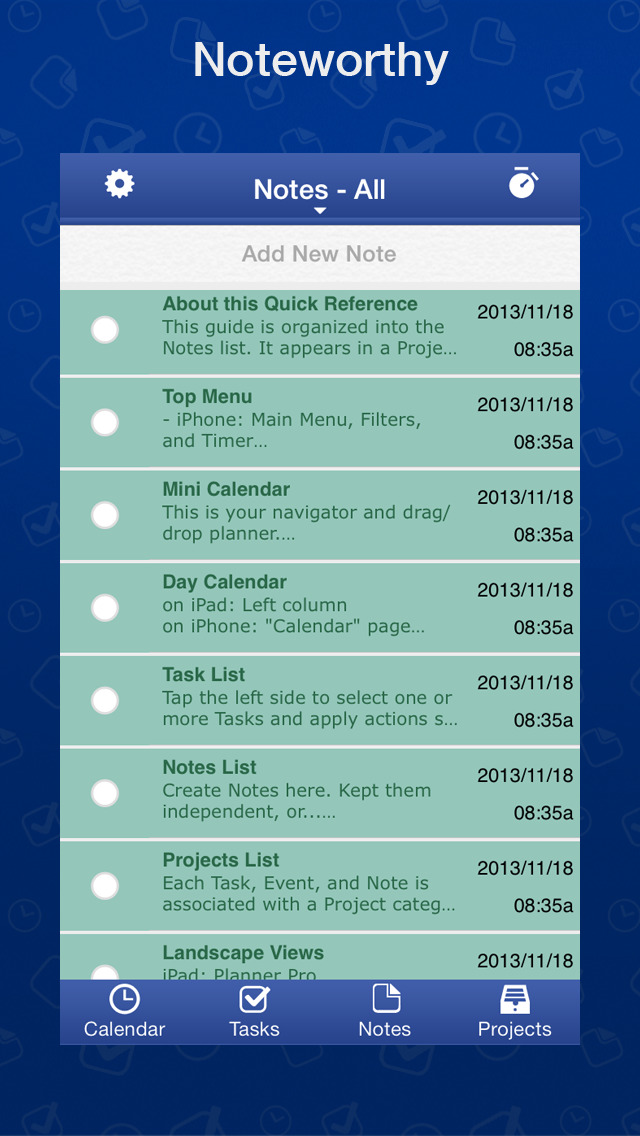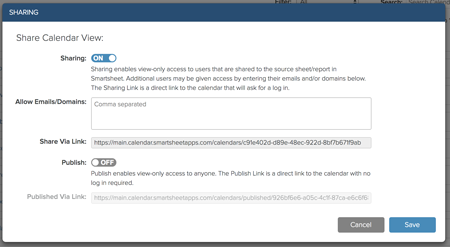



This way, the post author (and their email address) will be easily accessible with the rest of the post information. You can do this in the same way you would usually send a meeting invitation. Invite Guests If you’re not the only writer for the team, be sure to add the author of the content in question to the appointment. You can also use this field to highlight the publishing categories for the content (ie, ‘productivity,’ ‘app tips,’). Location If your company has multiple content properties, or if you’re writing a guest post, utilize the app’s location field to note where this content will be published. In addition to the description field, here are the other fields you should use: Links to the piece itself (a Google Doc, or an internal link), or a link to a pre-publication checklist. Persona: what are your targeted audiences for this content? What details do you know about them?Ĭall to Action: What, if any, action do you want your audience to take next? Are you including an offer with your content? SEO: what keywords is your content targeting. Here, you’ll include key details for your content, like:Ĭontent owners: Who’s writing it? Who’s editing it? Who’s publishing it?ĭraft due date: when do you want your post to be completed?Ĭontent synopsis: what is the content about? (This is mainly for the benefit of non-author teammates, who may need context on the piece in question.) Whether you’re doing this in Google Calendar, Outlook, or Apple Calendar, your main focus will be the Description field. If you need to reschedule an individual post, you’ll be able to do that, but in general, having your publishing days scheduled in advance will help you stay committed to the schedule you set. Once you know when you want to publish, your next step will be to set up recurring events. This schedule doesn’t need to be twice a week, or even twice a month, but you do want to establish some kind of rhythm for your content. While you could post intermittently, you’ll have more success with a predictable publishing schedule. Your first step is to decide on your publishing schedule. The appointment date is the day you want to publish the content, and the appointment itself holds the details on your content. The anatomy of this type of calendar is very easy to follow: Every appointment on your calendar is a piece of content. To build a basic editorial calendar, all you’ll need to get started is a calendar tool. You can connect your calendar app with other apps to make your editorial calendar more useful, but the simplest way to build a more complex calendar is to use a more powerful tool that includes a calendar layout. If your content team includes more than a couple people or takes on projects or promotions for other departments, you’ll want something more robust. And it might be the perfect way to start publishing regularly on your personal blog. If your company only publishes once or twice a month, or deals primarily with one in-house writer or a couple freelance writers, this may be a good editorial calendar type for you. Companies with a one-person content team, or where content plays a very small role, may appreciate its simplicity. The calendar editorial calendar is very limited, but doesn’t take much time or effort to build and update. What Kind of Team Benefits from a Basic Editorial Calendar?
SHARED CALENDAR APP SMARTDAY HOW TO
This post is one of a 5 part series entitled How to Build an Editorial Calendar That Will Boost Your Productivity.


 0 kommentar(er)
0 kommentar(er)
